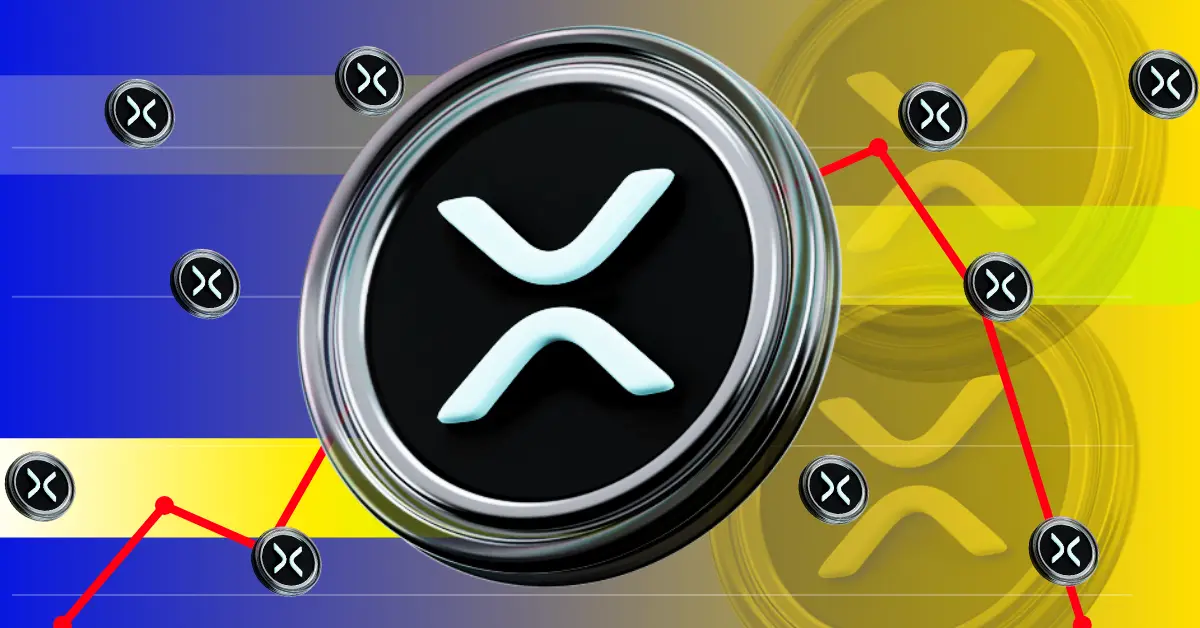The legal battle between Ripple and the U.S. Securities and Exchange Commission (SEC) has been a defining narrative in the cryptocurrency space, with implications that extend far beyond the price of XRP. The recent ruling by U.S. District Judge Analisa Torres, which rejected a joint motion from Ripple and the SEC, has sent shockwaves through the market, underscoring the delicate balance between regulatory clarity and market volatility.
The Ripple vs. SEC Case: A Legal and Market Crossroads
The legal dispute between Ripple Labs and the SEC has been ongoing since late 2020, centered on whether XRP should be classified as an unregistered security under U.S. law. In July 2023, Judge Torres delivered a split decision, ruling that XRP sold on public exchanges did not qualify as a security, but that institutional sales did violate securities regulations. This partial ruling provided some regulatory clarity but left significant loose ends, including a $125 million penalty against Ripple and a permanent injunction limiting future XRP sales.
In June 2024, Ripple and the SEC jointly requested that Judge Torres modify her previous order, aiming to reduce the penalty and dissolve or scale back the injunction. Their goal was to expedite the case’s resolution and avoid a prolonged legal battle. However, Judge Torres rejected this request, deeming it “procedurally improper.” This decision left the $125 million penalty intact and maintained the injunction, forcing both parties to either file through standard channels or pursue a full appellate battle.
Market Reaction: XRP’s Price Wobbles and Investor Uncertainty
The immediate fallout from Judge Torres’ ruling was swift and severe. XRP’s price, which had been hovering near $2.60 amid optimism about a potential resolution, plummeted nearly 10% to a low of $2.06 before stabilizing in the $2.09-$2.40 range. This sharp decline erased roughly $2 billion in market capitalization within hours, reflecting the market’s sensitivity to legal developments in the Ripple case.
Technical analysis of XRP’s price action post-ruling reveals several concerning trends:
– Volume Spike on Decline: The heavy selling volume suggests that not only retail investors but also institutional players are reducing their exposure to XRP, signaling a lack of confidence in the token’s short-term prospects.
– Support and Resistance Levels: XRP tested critical support levels around $2.08-$2.19, a zone that traders are now closely monitoring. A breakdown below this level could trigger further selling, potentially pushing prices toward psychological support at $2.00 or lower.
– Bearish Technical Indicators: Momentum oscillators and moving averages indicate a potential short-term downtrend, with key resistance levels at $2.34 and $2.40 acting as significant hurdles for bullish recovery.
The “Legal Discount” and Its Impact on XRP’s Price
XRP’s price movements are heavily influenced by legal developments, a phenomenon traders refer to as the “legal discount.” Unlike other cryptocurrencies, XRP’s valuation is intricately tied to regulatory outcomes, making it particularly vulnerable to court rulings and SEC actions.
– Positive Rulings and Settlements: Historically, favorable legal decisions or settlement announcements have triggered sharp rallies in XRP’s price, sometimes exceeding 10% in a single day. These rallies reflect investor optimism about renewed institutional adoption, potential ETF listings, or the resolution of legal uncertainties.
– Setbacks and Uncertainty: Conversely, negative rulings, such as Judge Torres’ recent decision, act as a dampener, spiking uncertainty and prompting investors to reassess their positions. The resulting sell-offs highlight the precarious nature of XRP’s market positioning.
Broader Implications for Ripple, XRP, and the Crypto Industry
The legal and market dynamics surrounding XRP extend beyond price movements, with significant implications for Ripple’s business strategy, U.S. crypto regulation, and investor sentiment.
Paths Forward: What’s Next for Ripple and XRP?
In the wake of Judge Torres’ ruling, several potential paths forward emerge:
– Refiling Under Rule 60: Ripple and the SEC could refile their motion under Rule 60, adhering to the proper procedural requirements. However, this process will take time, and there is no guarantee that the judge will approve the requested modifications.
– Appeals Process: Both parties could pursue a full appeals process, which could drag on for months or years, prolonging the legal and market uncertainty.
– Potential for Settlement: While a settlement remains possible, the deep-seated issues and egos involved make this outcome unlikely in the near term.
– Ripple’s Strategic Moves: Ripple may accelerate its international expansion, rebrand or restructure parts of its business, or forge new partnerships to mitigate the impact of the legal setback.
Conclusion: Navigating Uncertainty in the Crypto Landscape
The Ripple vs. SEC case exemplifies the volatile interplay between innovation and regulation in the cryptocurrency space. Judge Torres’ recent ruling has prolonged the uncertainty surrounding XRP, forcing investors to grapple with the legal and market risks associated with the token. While the path forward remains unclear, one thing is certain: the crypto landscape will continue to evolve, shaped by regulatory decisions, market sentiment, and the resilience of projects like Ripple.
For XRP holders, the journey is far from over. The token’s price will likely remain sensitive to legal developments, and the market’s reaction to future rulings will be a key driver of its trajectory. As the legal battle unfolds, investors must weigh the potential rewards against the risks, navigating a landscape where the only certainty is more volatility ahead.











